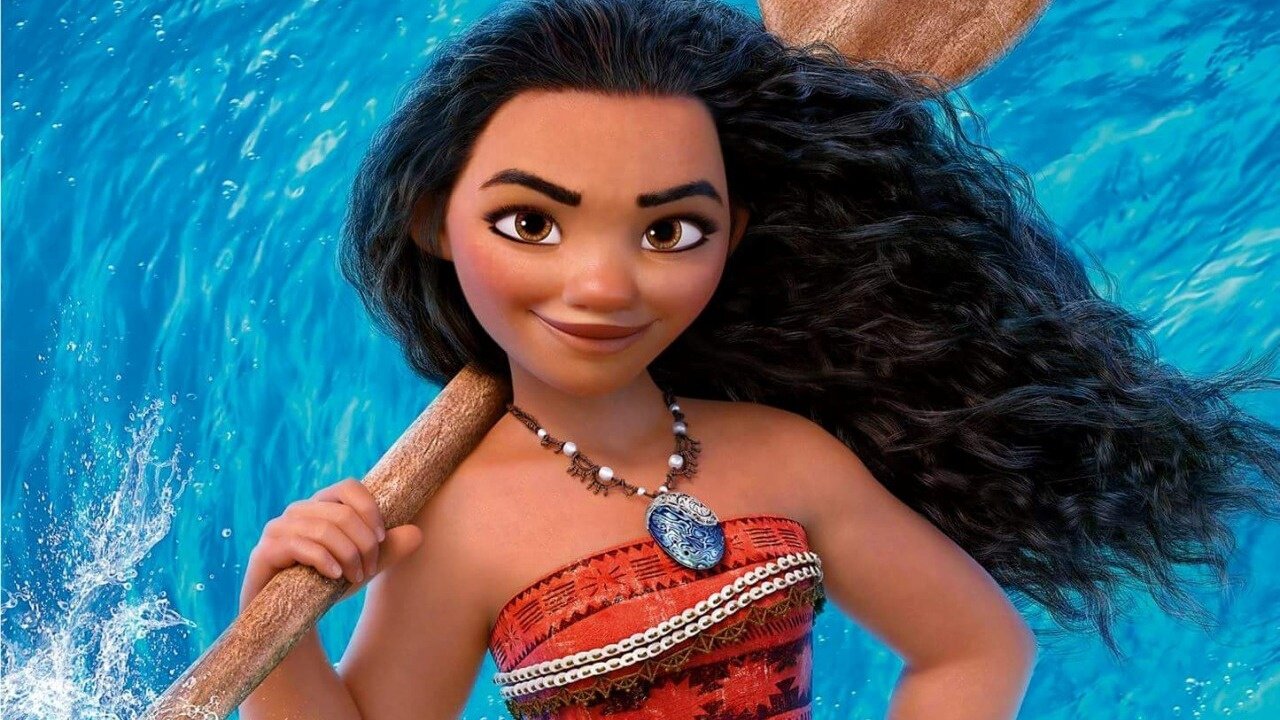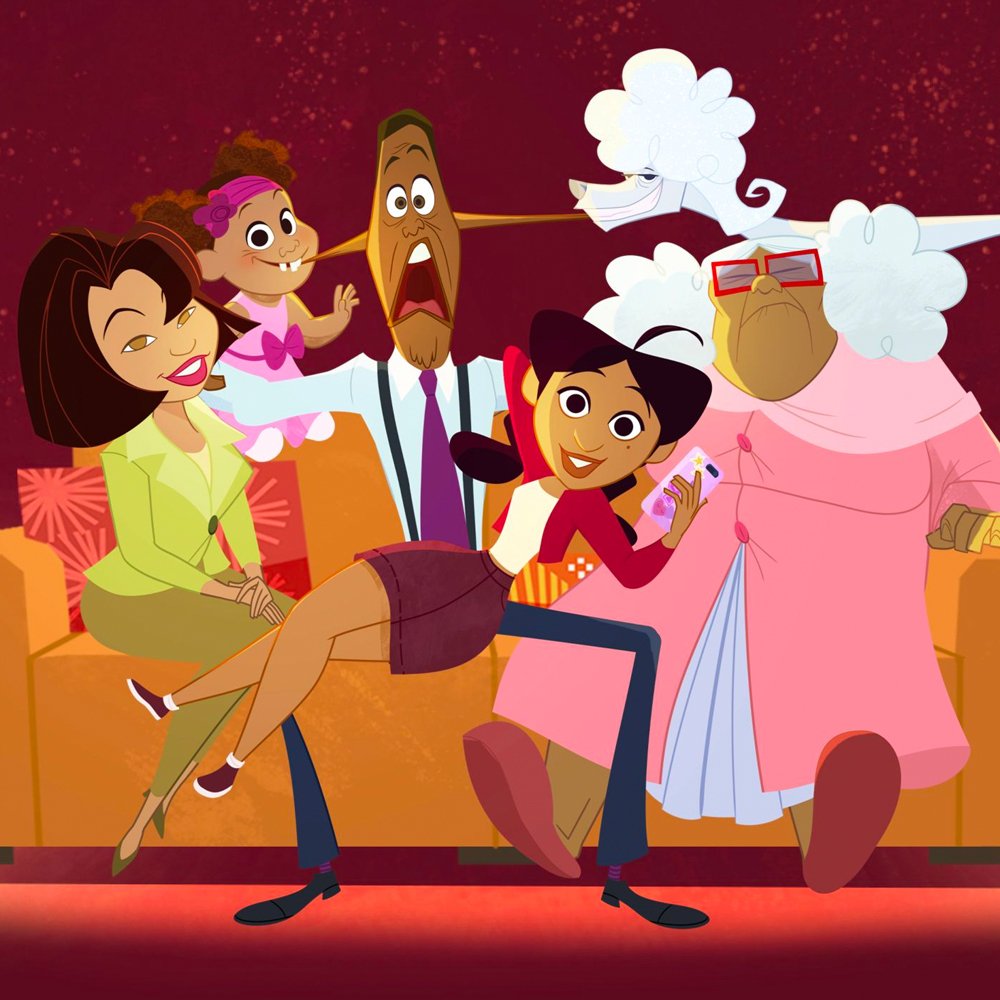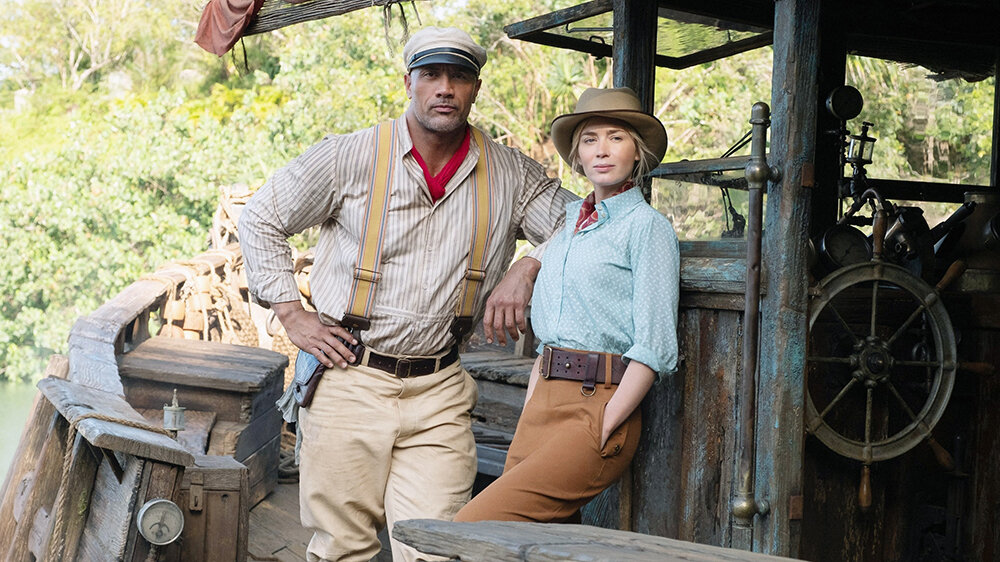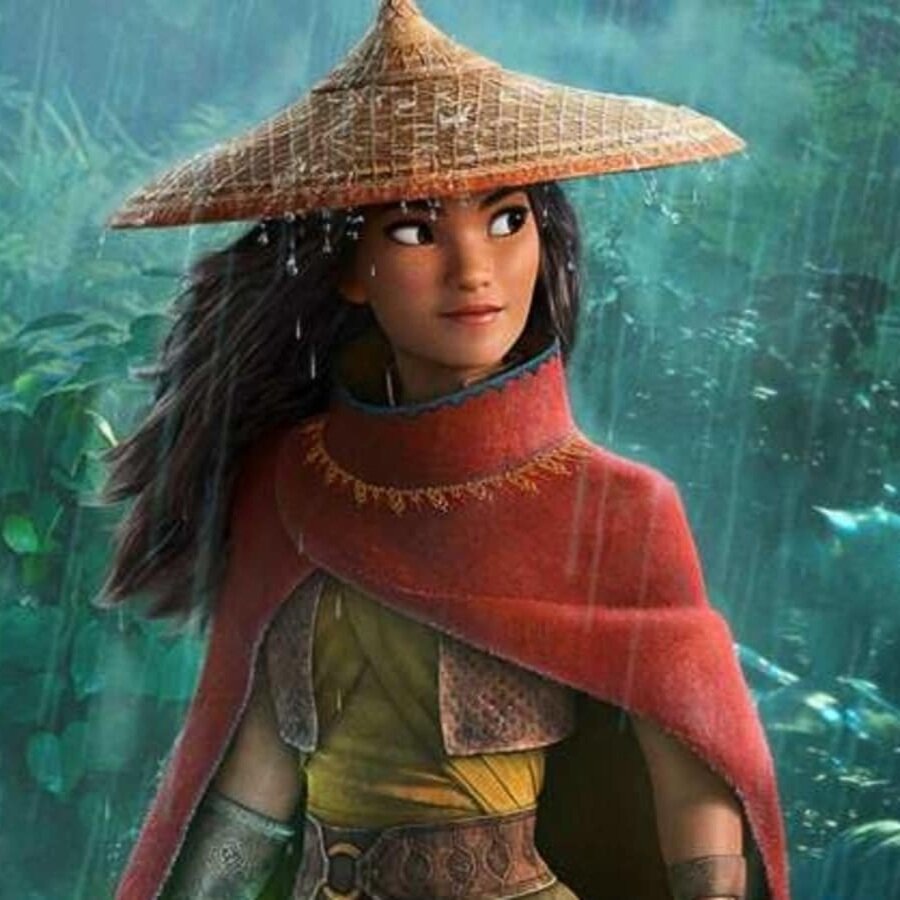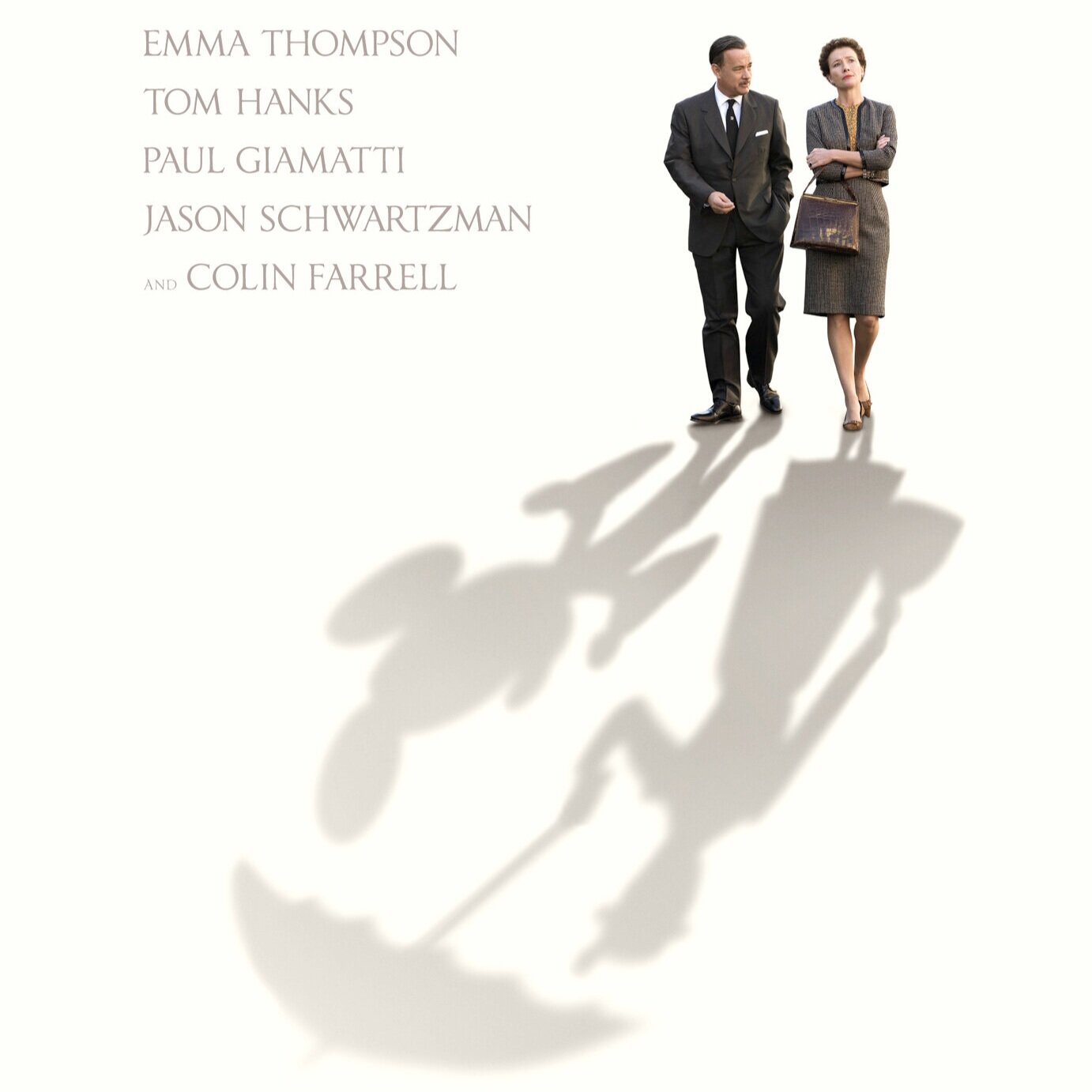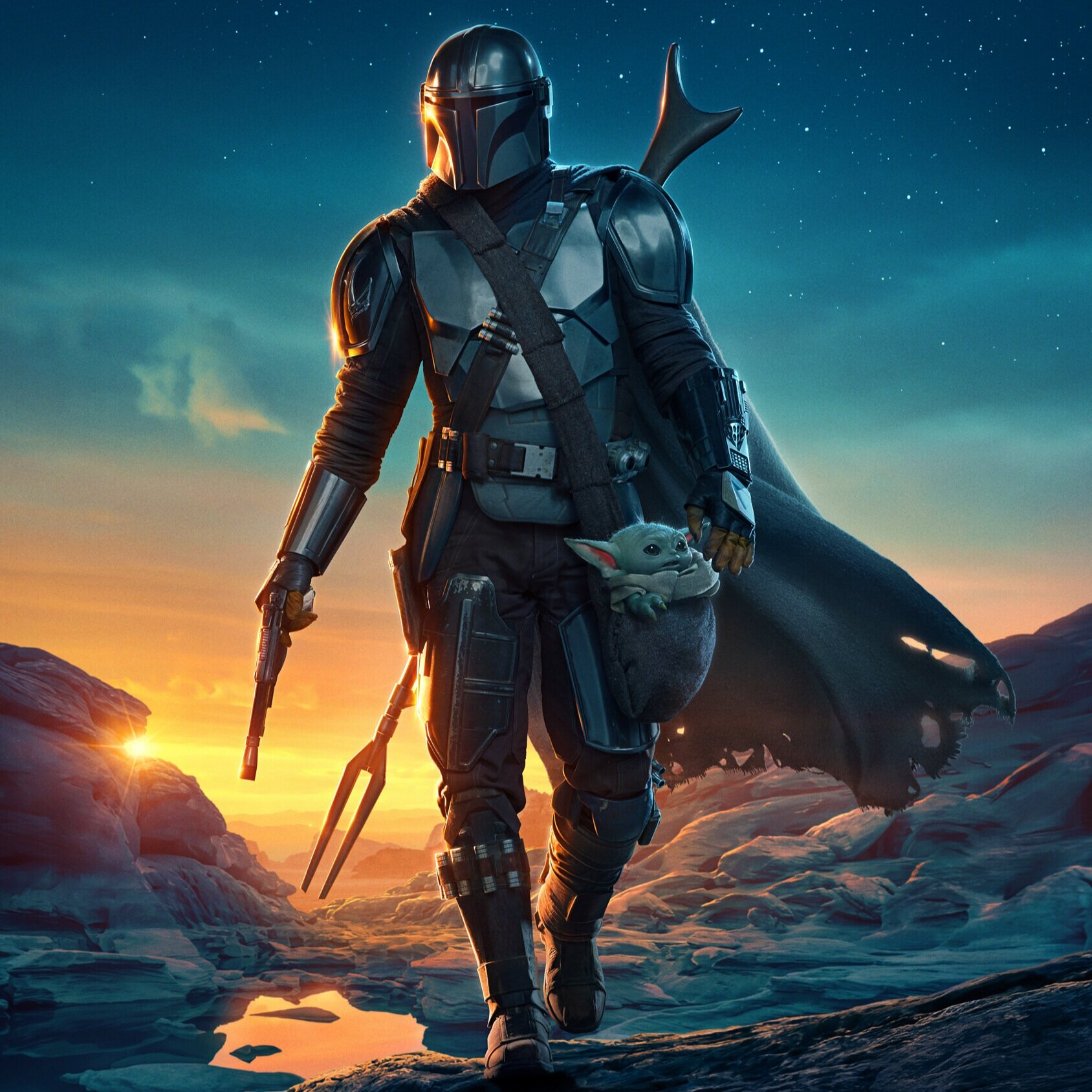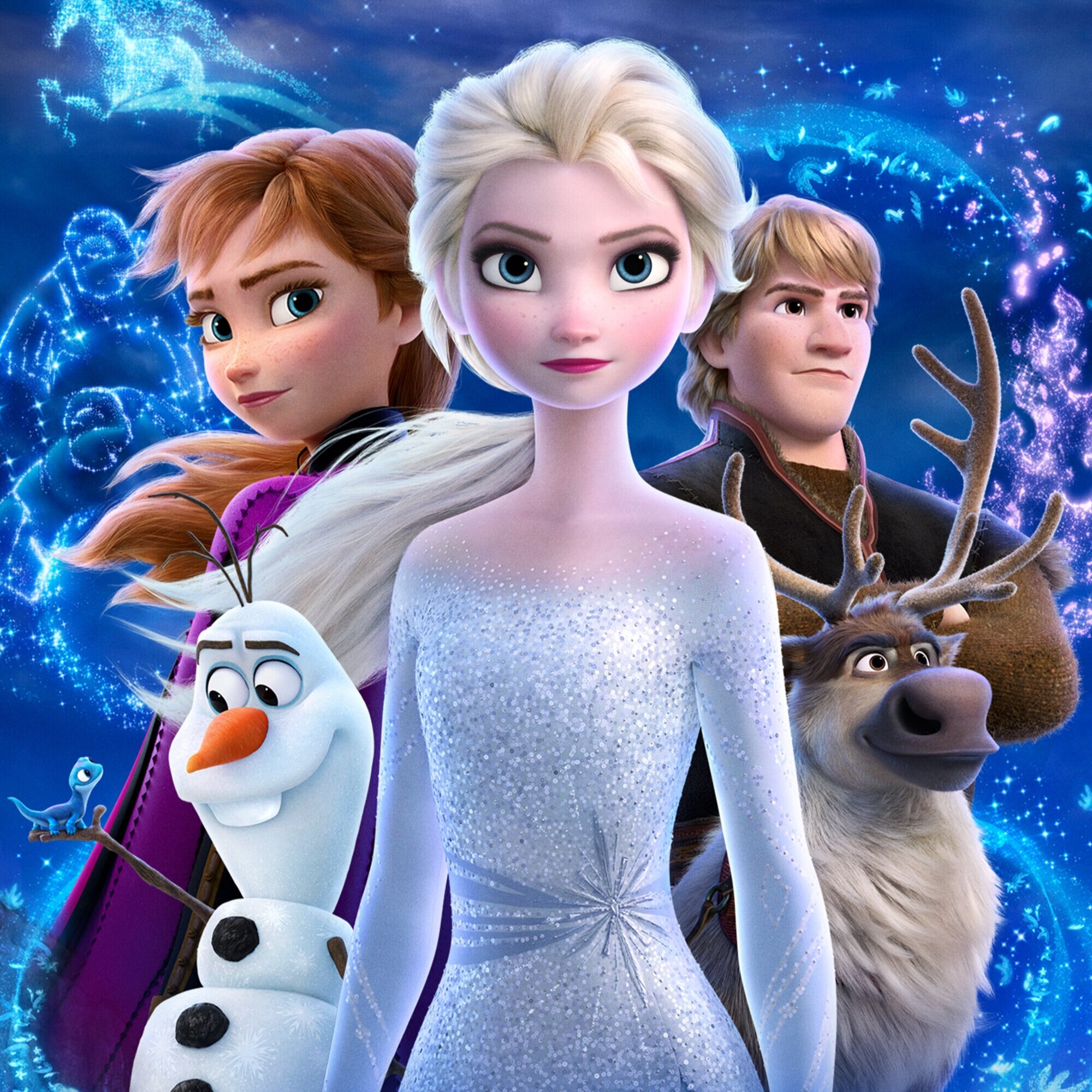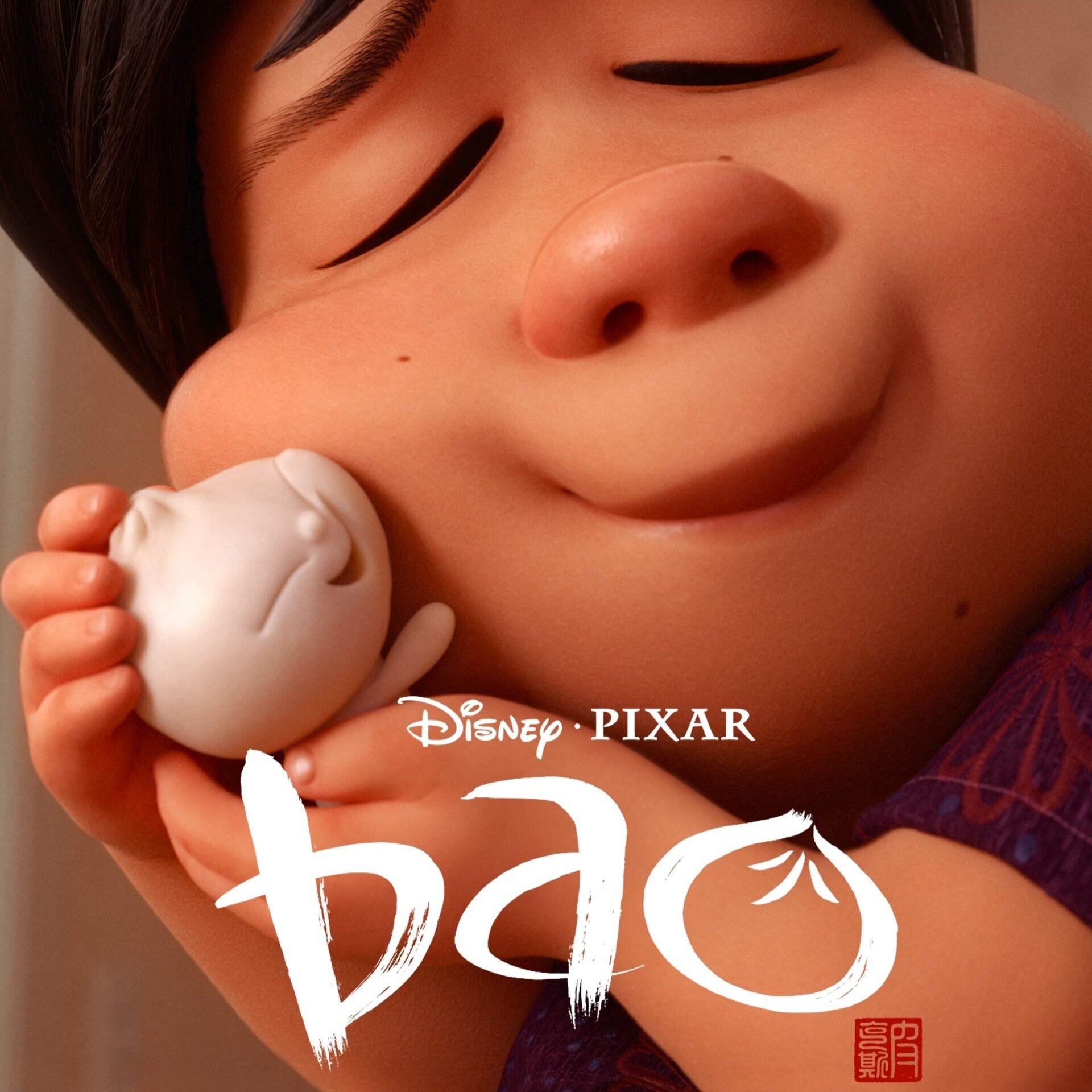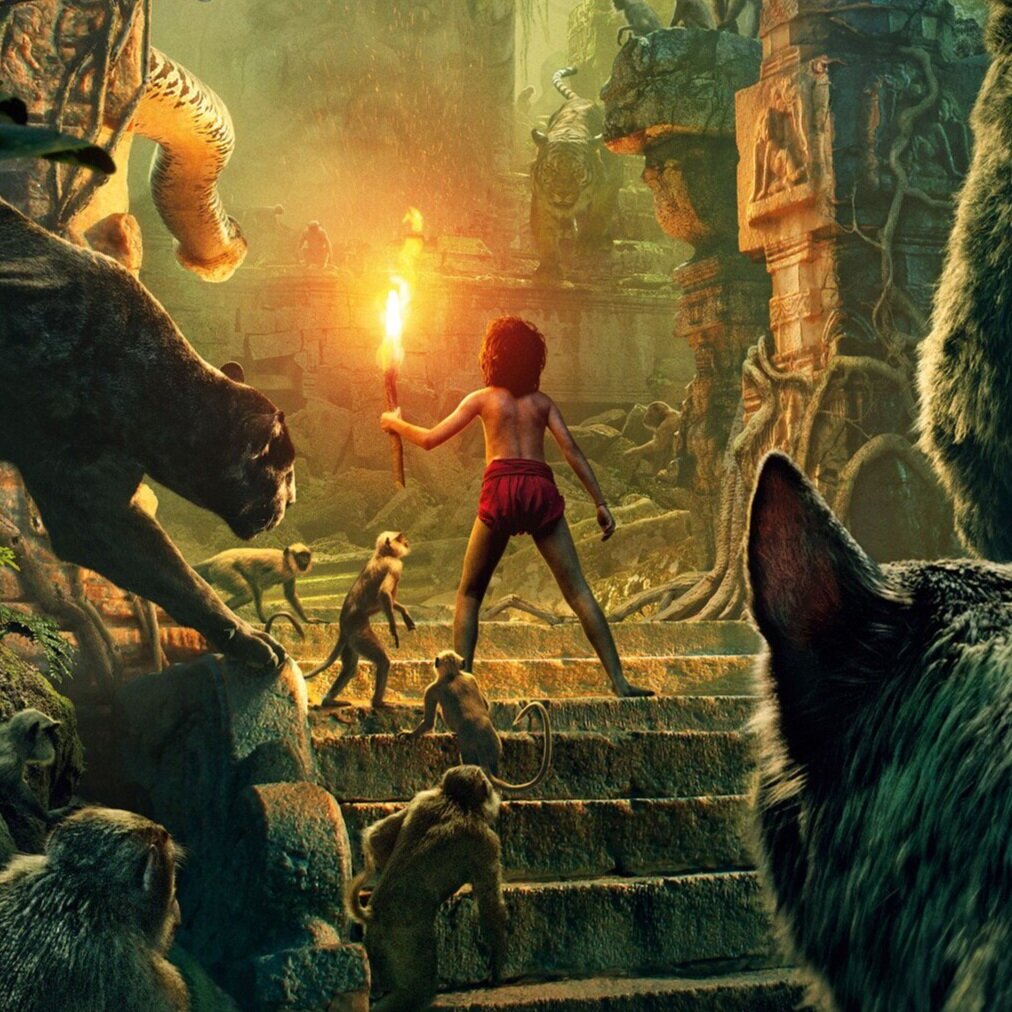Moana: Disney's New Princess
Disney’s princess movies tend to behave like referendums on their predecessors, and Moana is no exception. In part, this can be attributed to the almost oppressively timeless nature of the stories they tell, populated as they are by spunky young women and mystical enchantments, sinister villains and yearning musical ballads. It’s pretty obvious why Disney keeps making movies like this, and the reason is exactly the size and shape of a gift-wrapped Rapunzel crown under the Christmas tree this December; namely, that Disney’s hungry consumer empire runs on a steady diet of princess merchandise. What yields in souvenir shops, however, has by definition faltered on originality. Princess movies are not Disney’s most stimulating films (I’ll take Big Hero 6 or The Lion King over Frozen every single time). Instead what they offer is a meditation on a set of tropes, innovation in slow motion, and more often than not, an otherwise rare opportunity for one of the world’s most influential media companies to publically, and regularly, grapple with womanhood.
In this context, what Moana delivers is something earnest, simple, and necessary. Moana, directed by The Little Mermaid’s Ron Clements and John Musker, tells the story of a Polynesian chief-to-be (Auli'i Cravalho) who is torn, in a musical montage of her childhood, between a sense of love and responsibility for her people, and an unexplainable pull towards the ocean. This conflict tips the hand of Moana’s call to adventure pretty early on, and though Moana’s adventurous impulse is similar to, say, Rapunzel’s desire to escape her tower in Tangled, or Merida’s woodsy jaunts away from her oppressive castle life in Brave, Moana grants its heroine the dignity of purity in desire. Guilty by comparison, Rapunzel requires a love interest as a catalyst for escape, and Merida’s moral arc pushes her to curtail her wilder impulses. Moana, on the other hand, finds solace in her desires, which fall right in line with her sense of responsibility to her people; as they are plagued by failing coconut crops and poor fish yield, she is right to turn to the sea for answers.
Yet Moana’s father, the current chief, forbids her from entering the water (he’s haunted by his own fateful journey years back). As he rails at her for setting foot in the ocean, you can’t help but to hear King Triton bellowing “He’s a human, you’re a mermaid” somewhere in the back of your mind. And still, the Chief’s efforts are never meant to undermine Moana’s agency or authority, nor does he ever question her ability to lead. He fears for her as a parent, and he expects her to be a leader. Here Moana also succeeds, by creating conflict seemingly free of gendered overtones, which have traditionally been more convoluted.
Just as Disney women are too often cackling and evil (if they’re not being objectified), Disney’s men have too often been inflected with a sort of two-dimensional malice. Gaston’s dogged pursuit of Belle in Beauty and the Beast might be a decent representation of misogyny, but the film offers no solution. More recently, Frozen, a film often (and I believe, somewhat misguidedly) lauded for its progressive view on the princess genre, offers very little for its male characters. Elsa and Anna’s unnamed father is abusive and manipulative at best, and is killed before he is given a shot at redemption; Hans, the original love interest, is likewise a manipulative, cruel villain; Kristoff is tangential to the plot - good, but hardly instructive as a role model. Moana, in its fitting divorce from gendered expectations, is refreshing, a subtle turnover of these previous Disney sins. Maui, the shape-shifting god who accompanies Moana on her journey, is presented as a pompous hero; he talks down to his mortal companion, and bristles at her demand that join her in fixing the problems he himself caused. It takes a while, but Maui’s moral redemption occurs, not when he defeats a monster or saves the girl, but when he allows himself to be emotionally vulnerable. He and Moana become a real team when he is empowered by sincerity.
Then there are Moana’s women. Her mother isn’t swiftly killed off and her grandmother, Tala, is a woman respected for her age; she is wise and energetic, a pillar of influence in Moana’s life. Perhaps the most revelatory aspect of womanhood explored in Moana is in its choice of villain. Long ago, Maui stole the heart of Te Fiti, the earth goddess, intending to deliver it to mankind. His theft goes horribly wrong, and unleashes the (beautifully animated) lava monster Te Ka?, who is the source of Moana’s tribe’s problems. Once Moana has restored the heart, however, we realize that Te Fiti and Te Ka? are one and the same. Here we have a female villain who is not motivated by pure evil, nor does she disappear off the side of a cliff or disappear into a cloud of dust once she is defeated. Instead, righting Maui’s wrong requires recognizing Te Fiti’s anguish, and seeing her counterpart, Te Ka?, as worthy of understanding.
I’ll note here, it might be too simple to classify all of Moana’s choices as intentionally progressive. Still, it crafts a progressive approach by unmooring itself from many of Disney’s earlier mistakes. Moana has no love interest, she is actually expected to one day rule, her body is strong and valued for that. The film has by no means abandoned any of the trademark Disney charm. There are soaring musical numbers (composed by Lin Manuel Miranda!), cheeky sidekicks (the ocean, oddly enough, is itself a character that serves this function), and stunning visuals. These details make Moana, albeit far away from the Hans Christian Anderson forebears of the princess genre, feel comfortingly familiar. This is still Disney. But the princess genre has gone through many iterations; the simpering, submissive Snow White and Aurora gave way to the second-wave feminism of Ariel and Belle, who are empowered, but only to a point; they are overwhelmingly defined by their attractiveness (white, slim, young), and they use romantic interests to achieve the freedom they so desperately desire. Recently, the princess genre has expressed the growing pains so obvious in our society when it comes to womanhood; the various attempts made by Tangled, The Princess and the Frog, and Frozen were always good, but never enough. Moana, by contrast, marks the dawn of a new era.
The standout song, by far, is “How Far I’ll Go”, a soaring refrain that captures Moana’s thirst for adventure, nagging indecision, and occasional insecurity. The titular character herself is all of these things, and she is, perhaps, singular in that her princess treatment does not deny her agency, nor does the film ever falter in its belief in her abilities, even if Moana herself isn’t always so sure. When she first meets Maui, she repeats the phrase her grandmother told her to say, “I am Moana of Multinui. You will board my boat, and you will restore the heart of Te Fiti.” After essentially forcing Maui to help her for nearly two thirds of the plot, Moana is left alone, agonizingly close to her goal. With some helpful spiritual guidance, she claims this refrain, recognizing that she is the protagonist in this story, and continuing the mission solo. What Moana as a character occasionally lacks in complexity, particularly in her lack of observable flaws, she makes up for in this moment, which guides her out of her vulnerability and empowers her to keep moving.
Moana stands as a genre-expanding new entry in a princess canon that might, at long last, be undergoing a true redefinition, one which expects its heroines to stand on their own two feet and lead. Sure, Disney will certainly make a killing on Moana action figures and coloring books, but this time they’ve also delivered something that isn’t so easily disposed as the paper it’s wrapped in.
